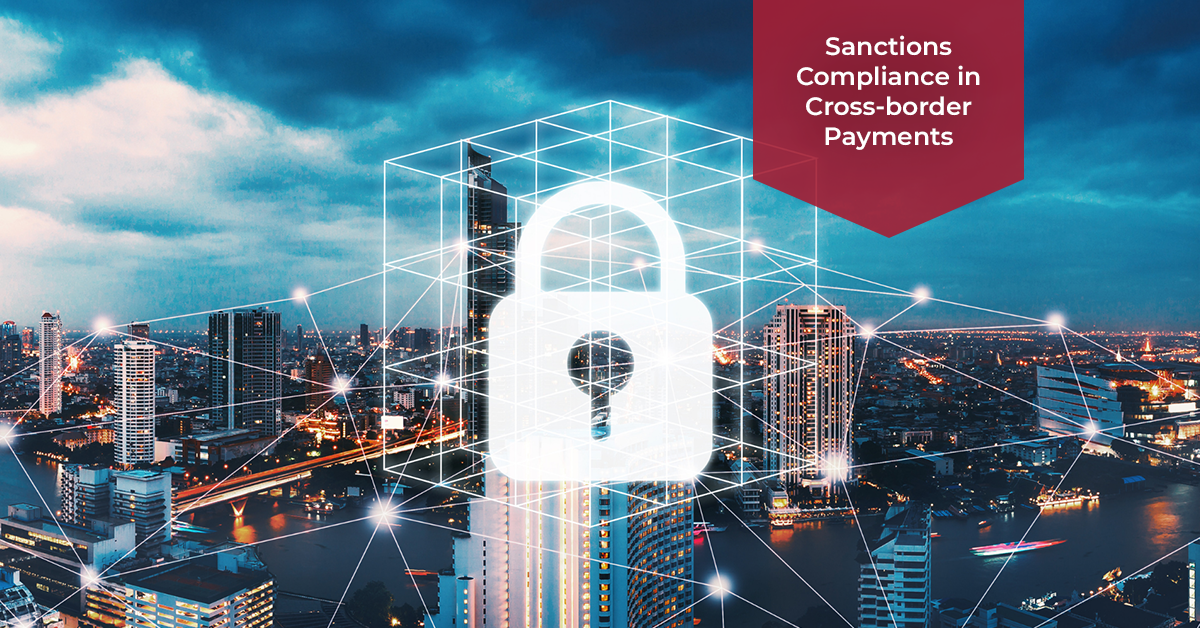
Sanctions Compliance in Cross-border Payments
Cross-border payments are under unprecedented scrutiny as regulators tighten sanctions enforcement. A single missed alert can expose a bank or payment provider to hefty fines and reputational damage. How can financial institutions keep global transactions moving while staying fully compliant with sanctions laws?
Sanctions compliance refers to adhering to restrictions imposed by governments or international bodies that prohibit dealings with specific individuals, companies, or countries. In the context of cross-border payments, this means screening all parties and counterparties against updated sanctions lists and ensuring no funds pass through prohibited jurisdictions. The complexity arises from the sheer volume of transactions, the diversity of payment channels, and the frequency of sanctions updates.
Why sanctions compliance is more challenging today
Globalization has increased the velocity and volume of cross-border payments. Real-time payment rails and ISO 20022 messaging are accelerating settlement but leave institutions with less time for sanctions checks. Regulators, such as the U.S. Office of Foreign Assets Control (OFAC) and the EU Commission, have expanded sanctions programs in response to geopolitical events, from Russia’s invasion of Ukraine to trade disputes in Asia.
In addition, sanctions regimes are not uniform. A transaction cleared in one jurisdiction may be prohibited in another. This patchwork creates operational risk for banks operating across multiple regions. Non-compliance can result in penalties that run into billions of USD, as seen in high-profile enforcement cases. Beyond fines, the damage to trust with customers and correspondent banks can be lasting.
Technology and process responses
To manage these risks, financial institutions rely on advanced screening tools, often integrated with transaction monitoring systems. These tools use fuzzy matching algorithms to detect variations in sanctioned names while reducing false positives that overwhelm compliance teams. Machine learning is increasingly applied to improve accuracy, though regulators still expect strong human oversight.
Another crucial measure is real-time sanctions list management. Institutions must ensure their systems reflect the latest updates from bodies like the UN, OFAC, and the UK Office of Financial Sanctions Implementation. Automated feeds and vendor-managed updates help minimize delays. Strong Know Your Customer (KYC) procedures are also essential to identify beneficial ownership structures that may obscure sanctioned entities.
Building a resilient compliance framework
Technology alone cannot solve the challenge. A resilient sanctions compliance framework requires clear governance, regular staff training, and independent testing. Coordination between compliance, operations, and technology teams ensures that rules are embedded into payment workflows without creating bottlenecks.
Collaboration is also growing at an industry level. Initiatives under the Financial Action Task Force (FATF) and cross-border regulatory dialogues promote consistent practices. However, financial institutions must balance harmonization with the need to tailor their programs to local laws. The ultimate goal is to allow legitimate commerce to flow while preventing illicit transactions from reaching the financial system.
Sanctions compliance in cross-border payments will only grow more demanding as geopolitical tensions persist. Financial institutions that invest in adaptive systems, skilled staff, and proactive governance can navigate this landscape with greater confidence, ensuring both regulatory alignment and operational resilience.

